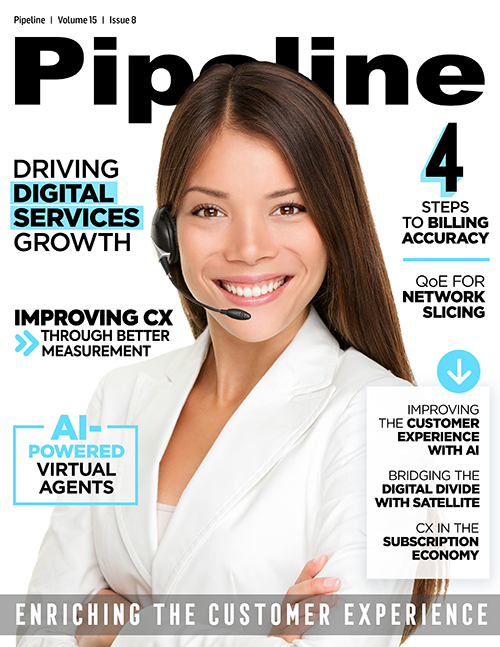Drive Digital Services Growth with Flexible Monetization
By: Jean Lawrence

Today’s customers are increasingly digitally minded in the ways they interact with each other and the businesses they patronize. A recent Oracle survey found that 70 percent of consumers are highly engaged with their mobile devices and check mobile apps at least several times per day. While these statistics are not surprising, they illustrate the extent to which digital channels represent a means to reach a massive market share across many aspects of consumers’ personal and professional lives.
To stay competitive, businesses must examine their business models and meet expectations for how today’s customers want to access and manage their services. The most successful market disrupters have staked their businesses on digital access and delivery of services. Netflix, for example, which delivers digital movie and television content, recently flexed its market power by announcing an increased subscription rate for its 58 million customers—and it’s not alone.
Subscribing to a New Business Model: Everything-as-a-Service
The digital era lends itself to ongoing relationships and frequent touchpoints with customers, which in turn gives rise to subscription and “as-a-Service” offerings that evolve and add value over the course of the relationship. With this shift, digital experiences and services—including everything from inherently digital subscription services like Intuit’s TurboTax and Skype, to digital subscription services enabled by physical products such as home security systems and connected cars, to durable goods packaged as a service like Care by Volvo—are becoming more sophisticated and are proving to be a disruptive force in the market.
Oracle recently conducted a survey that indicated that 75 percent of monetization decision-makers consider the launch of subscription-based services a business priority. The idea is enticing: what business would pass up the opportunity to shift a one-time transaction into a recurring and predictable revenue stream? As a further benefit, an ongoing customer relationship translates to stronger customer loyalty and retention as well as deeper understanding of customers’ preferences. The ability to use analytics to derive data-driven insights on customer behavior gives innovative organizations the ability to quickly optimize their offers in response to customer demand.
Businesses often test the waters with simple subscriptions and quickly learn that customers expect intuitive and fair pricing that offers them value, while competitors are rolling out more interesting pricing models. Because of these competitive pressures and changing customer expectations, nearly two-thirds (63 percent) of respondents in Oracle’s monetization survey are planning to offer packaged or bundled products or digital services. Furthermore, 61 percent anticipate implementing usage- or consumption-based charges.
Enhancing customer experience is the top-ranked business objective cited by executives in Oracle’s Digital Services survey, and companies are realizing that increasing subscriber control and offering more personalized services are critical to that differentiated experience. Businesses that are winning in the digital services era are those prioritizing the launch of creative subscriptions, bundles and usage-based offers that deliver a differentiated customer experience.
New Business Models Require New Monetization Tools
Most companies today rely on billing and revenue recognition tools that were built for a product-centric era. Taking a single order doesn’t require much monetization flexibility. But as companies shift from physical products to digital services or reshape their business models to deliver tangible goods in modern recurring formats, they often find that the ERP-based tools of yesteryear don’t stand up to the challenge. In Oracle’s monetization survey, 54 percent of executives said their existing systems couldn’t handle their current or future needs. Only 16 percent cited the ability to quickly launch new subscription-based services, and only 18 percent felt very equipped to respond to changes in market demand. Organizations must differentiate their services by having the agility to quickly bring them into the digital world and convert customers with competitive pricing and enticing discounts and bundles—activities that rely on flexible, modern monetization capabilities that cover the Concept-to-Cash-to-Care Lifecycle.
In fact, there is a correlation between companies that are market leaders and those that have modernized their monetization approach. Nearly half (47 percent) of solo market leaders say they’ve implemented monetization solutions for digital or subscription-based services, with the same share of companies fighting for the top spot in market share reporting the same, according to Oracle’s “Monetization As a Competitive Advantage: New Services, New Opportunities” report. These industry leaders are putting monetization solutions to good use as they launch new digital services and subscriptions, allowing for recurring revenue—and unlocking new opportunities and deeper customer relationships in the process.



















